
Service hotline:
13533607738
18602592233
Welcome to 广东脊祥万岁健康管理有限公司!
最新资讯

It's no exaggeration to say that if there is a medicine that can solve all kinds of pain, it will be crazily sought after by the whole people (although many advertisements of drugs now claim that they can "solve" all kinds of pain).
However, have we ever considered such a question, what if human beings do not suffer?
It seems as if it has been separated from the bitter sea and has become a Buddha and a golden body.

But actually?
Maybe staying up until the next day won't feel a headache - but maybe a few months later, it's a direct cerebral infarction.
Perhaps, after 20 hours of mobile phone play, the neck is still strong - in fact, it's already time for surgery to highlight hyperplasia.
Perhaps, sitting in office overtime until the next day, conscious or good waist, good legs, good spirit - but when you stand up, you find that the road is unstable。
Therefore, pain is an enemy and friend to us.
Admittedly, pain has caused us a lot of trouble, but at the same time, it also reminds us that we should take proper rest and "care" for our pain.
If crying is the way children ask for more attention, then pain is the way our muscles ask for more attention.
Especially our "waist and back" and "neck and shoulder" children will come once every three or five times, either sour, painful or stiff, like a woman's invincible Trilogy - "cry twice, make three hangs", and the final result is mostly our compromise, to massage, scrape, cupping, and finally full of "purple kiss marks", as if to show pride. Victory.
But have we ever thought about what if there is such a muscle that it doesn't hurt if something goes wrong?
Is it that no one cares about it, loves it, cares for it, and ultimately can't recover it? However, it can't speak on its own, and maybe it will find many spokesmen - the pain and dizziness of many other parts, but it is "silent protest"?
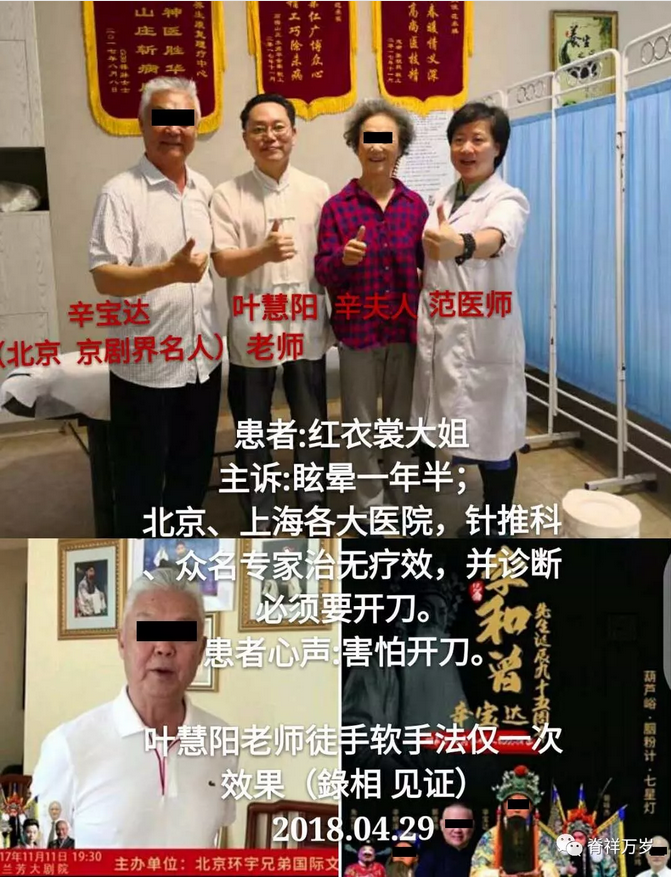
Who is it, the "dumb muscle" in the muscle, the sternocleidomastoid muscle?

The sternocleidomastoid muscle, is a muscle shallow neck, hidden under the broad skin muscle platysma.
The sternocleidomastoid muscle is called sternocleidomastoid muscle because it originates from the temporal mastoid process and is divided into two muscle bundles. The slender one ends at the sternum, which is called the sternal bundle. The flat one ends at the anterior surface of the medial clavicle, which is called the clavicular bundle.
It is innervated by accessory nerves.
The main functions are:
Ipsilateral flexion, contralateral rotation;
The head can be straightened back by contracting both sides at the same time.
It is also an important inspiratory assistant muscle, which participates in swallowing movement, spatial orientation and movement coordination.
It is also the source of proprioception of head position relative to body position.
And most of all-
The important thing is to
The sternocleidomastoid muscle was injured.
It will not cause any symptoms of its own!

Stern problems:
It can cause pain in upper sternum, occipital ridge, top of head, ipsilateral cheek, supraorbital ridge, deep orbit, even pharynx and root of tongue. The symptoms of ipsilateral eye tears, conjunctival congestion, blepharoptosis and blurred vision in a few patients are also caused by sternocleidomastoid muscle.
It can be found that there is no pain in the sternocleidomastoid muscle itself!
Clavicular head problems:
It can cause pain in the ipsilateral forehead, deep inner ear and behind the ear. Most patients will also have postural dizziness or imbalance symptoms, and some people will have carsickness, seasickness, nausea and nausea.
It can be found that there is no pain in the sternocleidomastoid muscle itself!
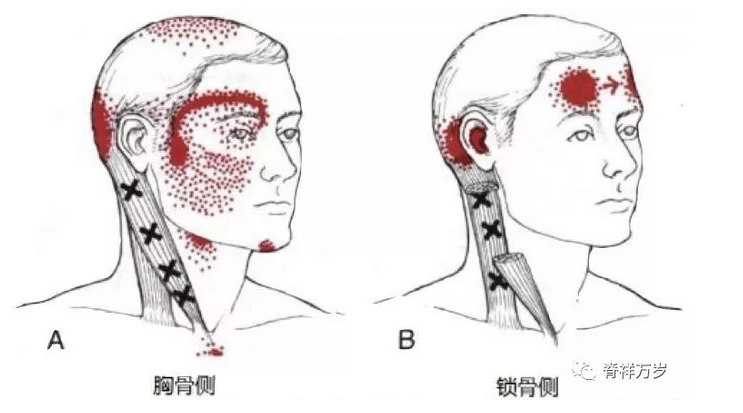
It's really one.
Damage will not cry "good boy"!
It's a real one, too.
My own pain is always causing pain elsewhere "weird child"!
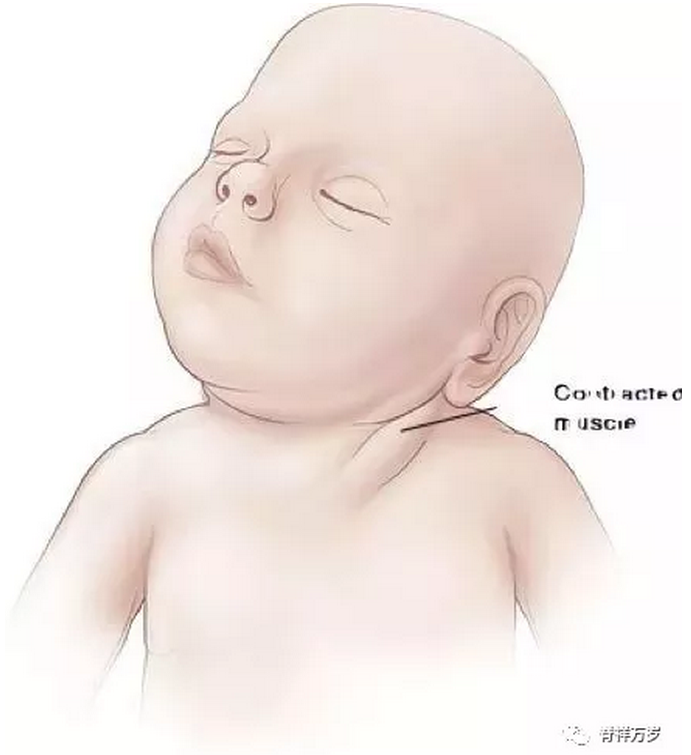
Not only that...
Different degrees of autonomic nervous phenomena and proprioceptive disorders: torticollis in children, headache experienced in the morning after drunkenness, and spinal cord puncture headache are associated with sternocleidomastoid muscle injury.
If the sternocleidomastoid muscle is too tight, it will entrap the accessory nerve passing through it and cause a mild paralysis of the trapezius muscle.
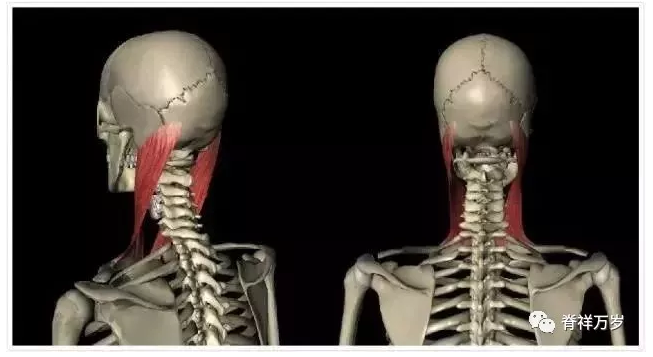
From the anatomical attachment point, we can find that the sternocleidomastoid muscle is the longest bundle of muscle fibers only when the head is in an upright position.
Whether we look up, bow or bend sideways, our sternocleidomastoid muscles are in a shortened state, while modern people read books, read computers, and play mobile phones are basically in a bowed state for a long time.
At this time, the whole anterior cervical muscle group, including sternocleidomastoid muscle, is in a shortened state, and long-term "flexion" muscles, naturally prone to problems.
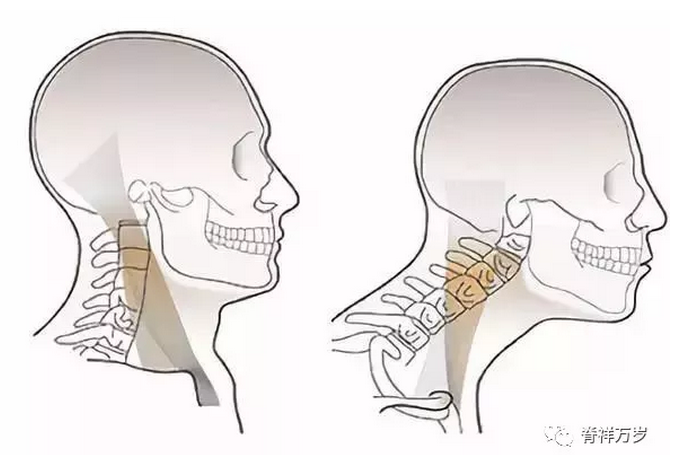
In fact, besides the trapezius muscle, which we often talk about, the sternocleidomastoid muscle is also a shortened muscle in the anterior cervical muscle group, which needs to be highly valued.
Many people with respiratory problems can see distinct sternocleidomastoid muscle bundles; many torticollis.
The size of bilateral sternocleidomastoid muscles can also be seen in people with obvious unilateral symptoms.
And what confirms our view is palpation, which is very, very painful when palpating the sternocleidomastoid muscle.
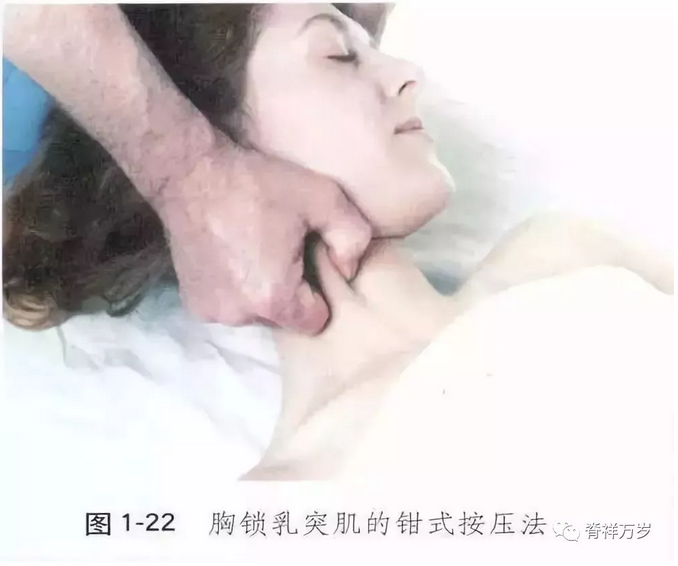
1.Press kneading
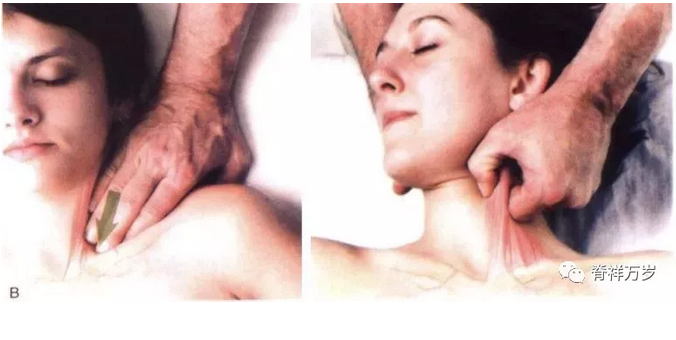
The sternocleidomastoid muscle contraction can be seen when the patient is lying on his back, flexing on the same side and rotating on the opposite side. The starting and ending points of the sternocleidomastoid muscle and the abdomen of the sternocleidomastoid muscle are compressed and rubbed to relax the muscles.。
2.stretching
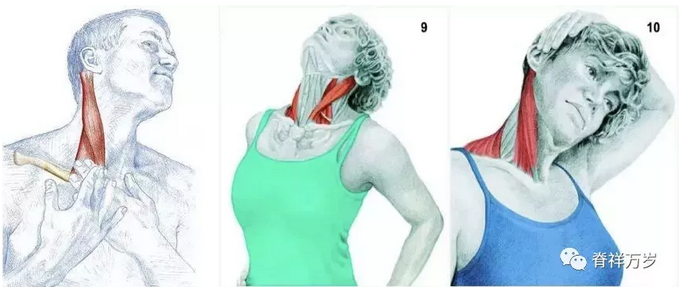
Stretching is a counter-functional operation of muscles. The function of sternocleidomastoid muscle is "ipsilateral flexion". Rotate on the opposite side, then we will let him "bend on the opposite side, rotate on the same side". That is to stretch the sternocleidomastoid muscle.
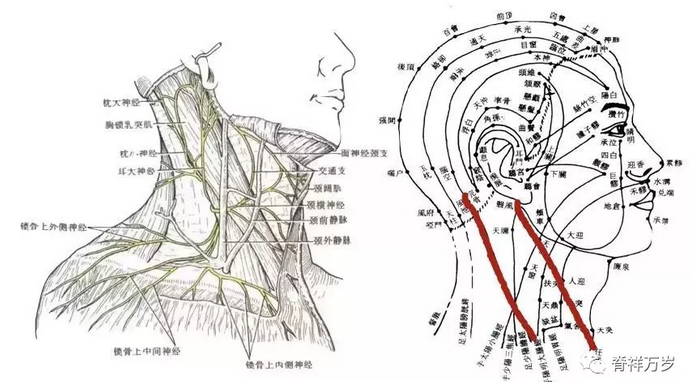
Finally, aro